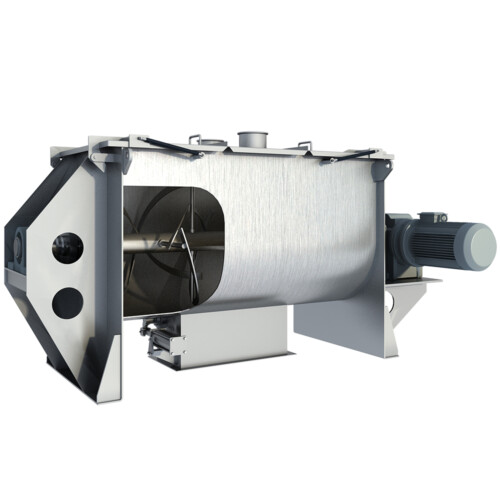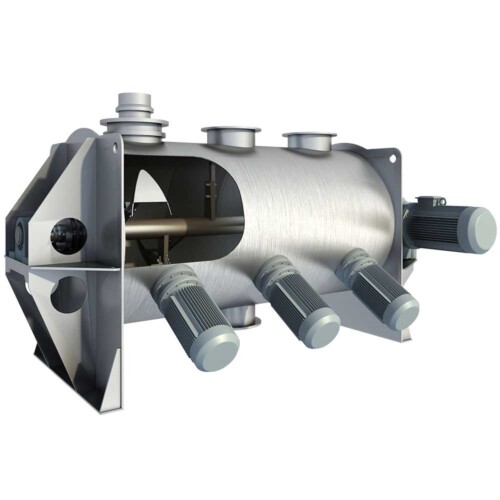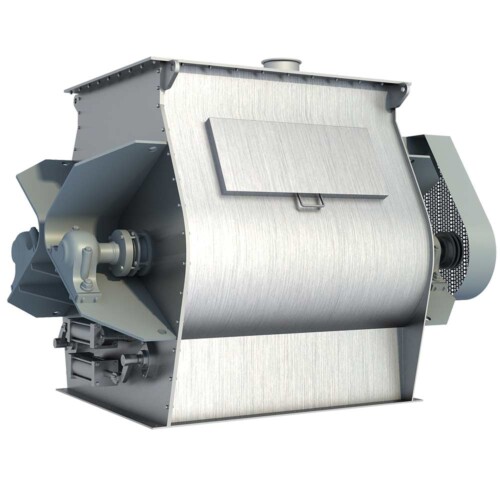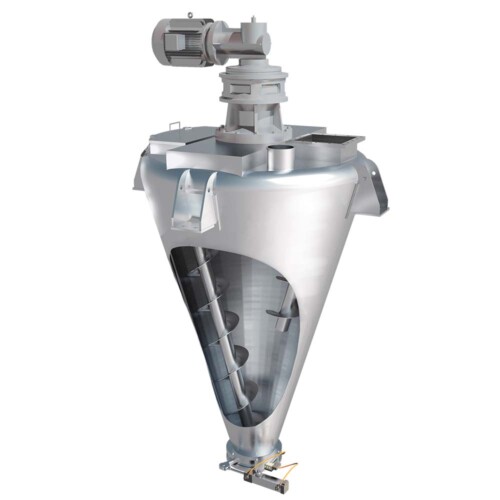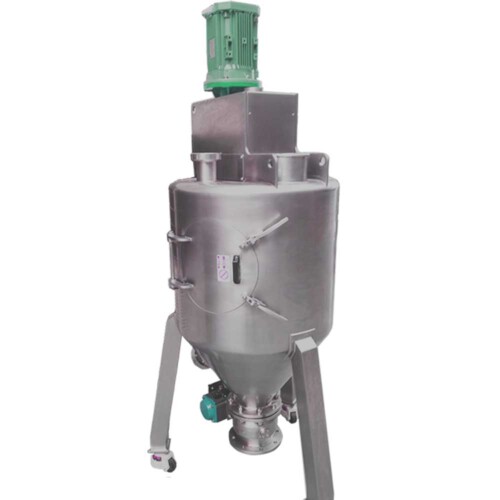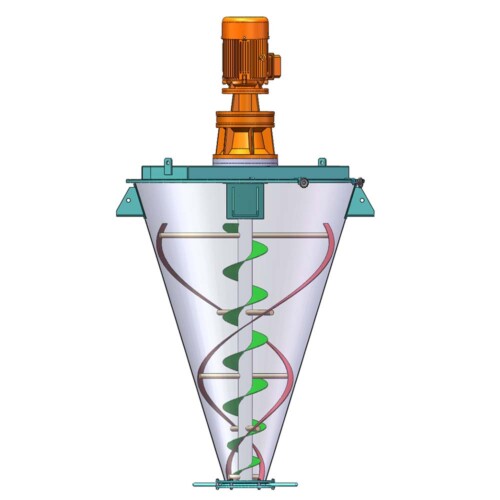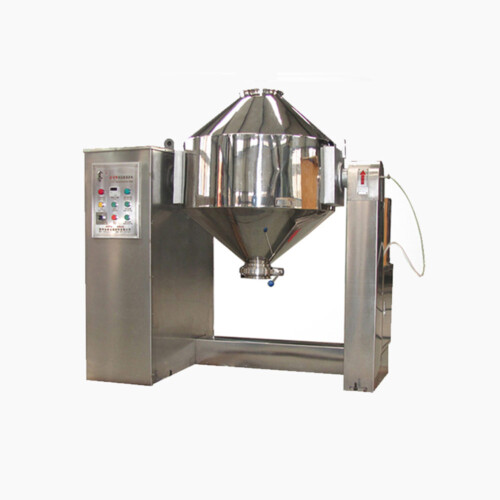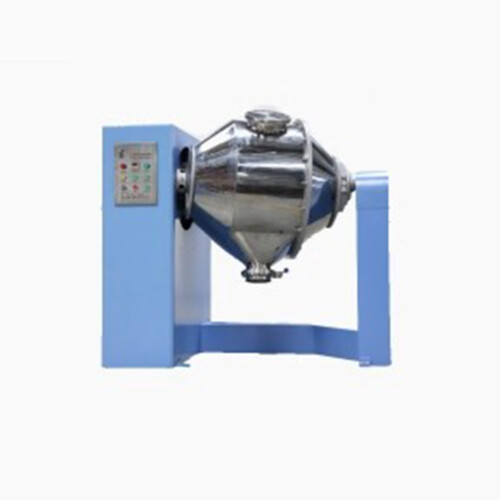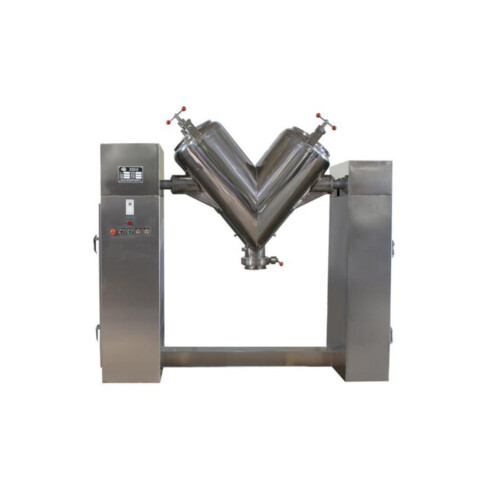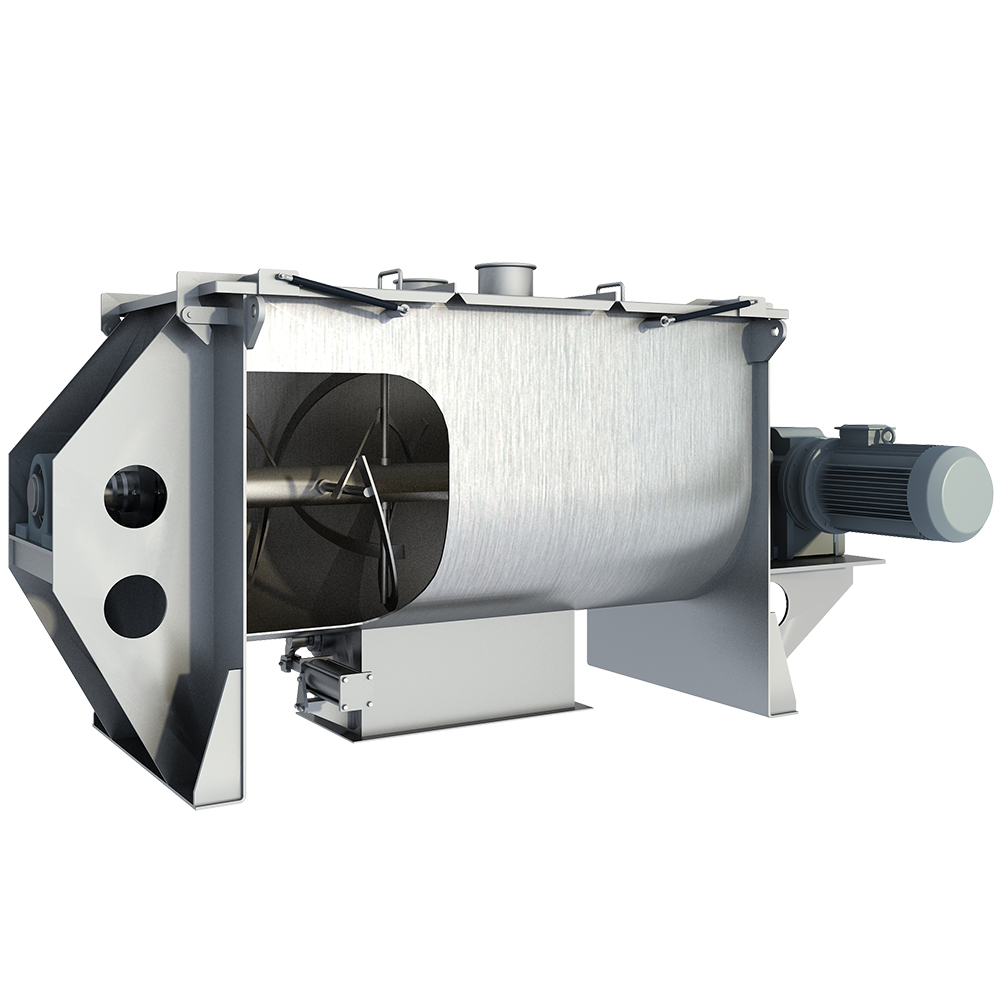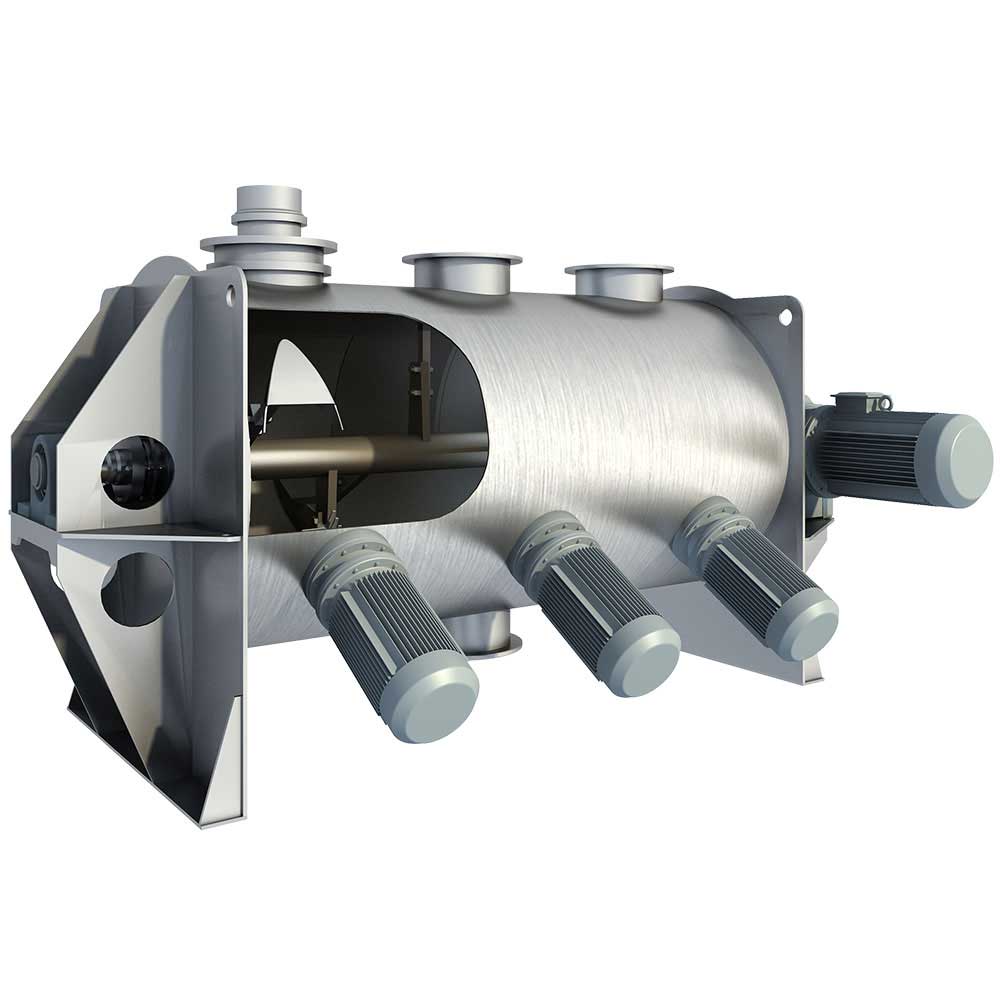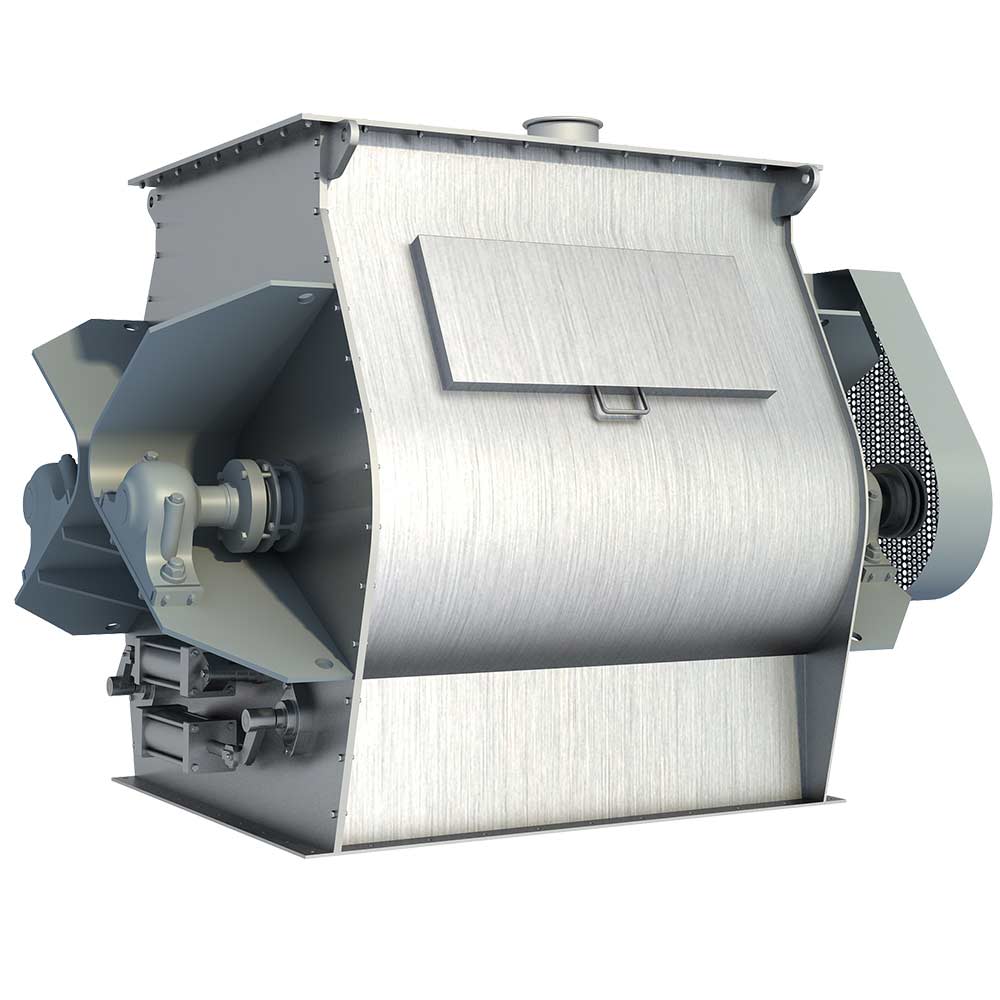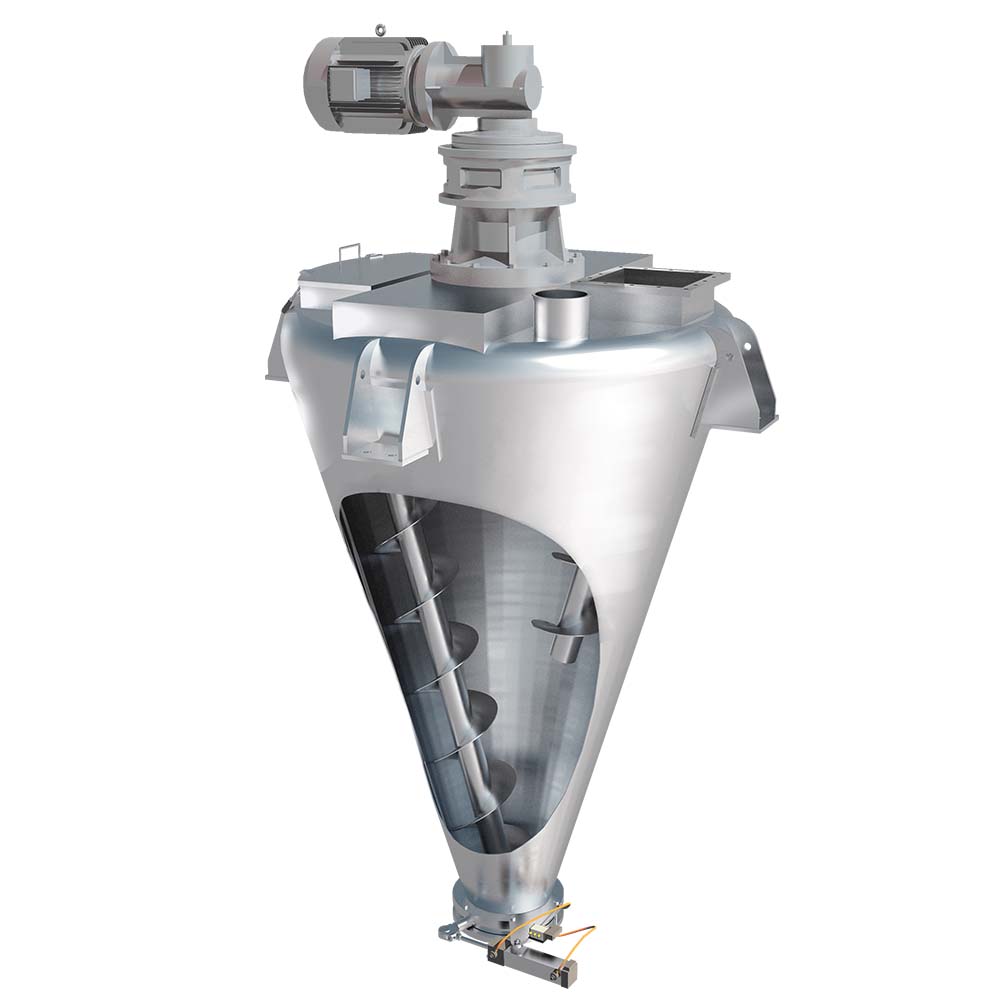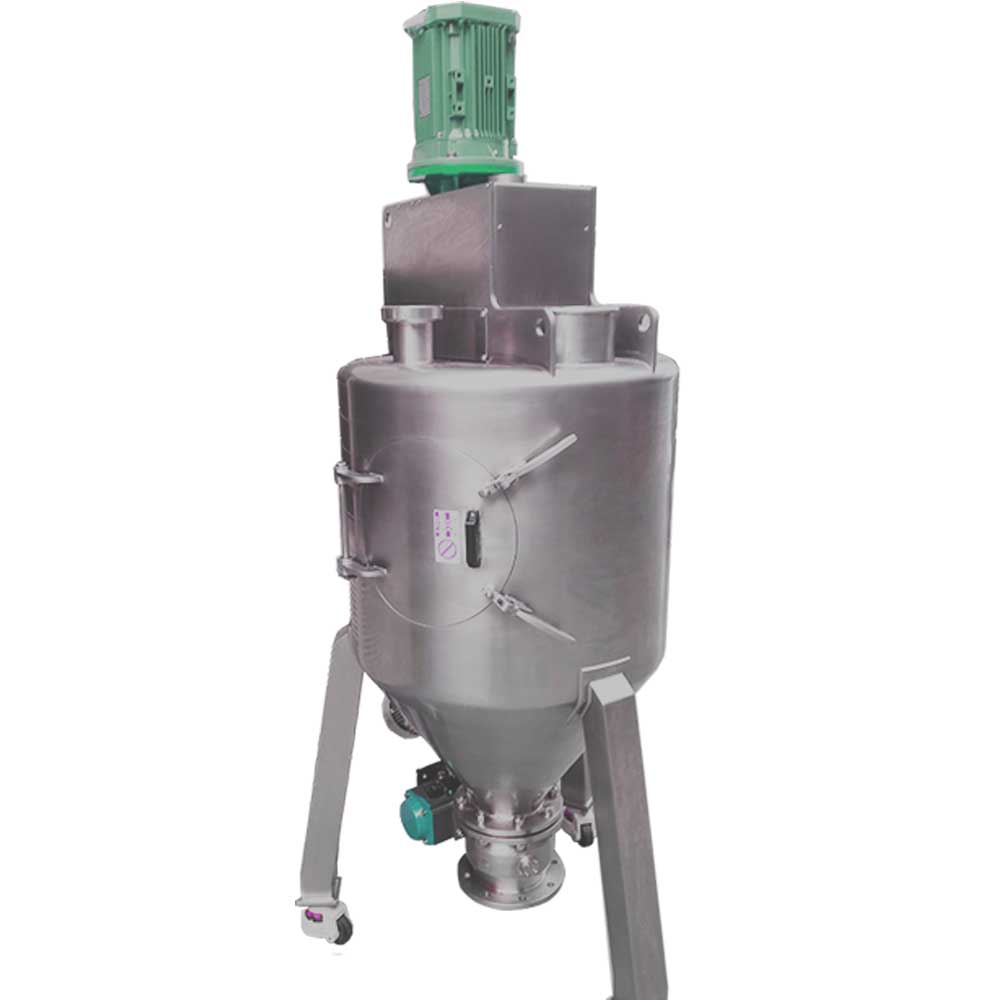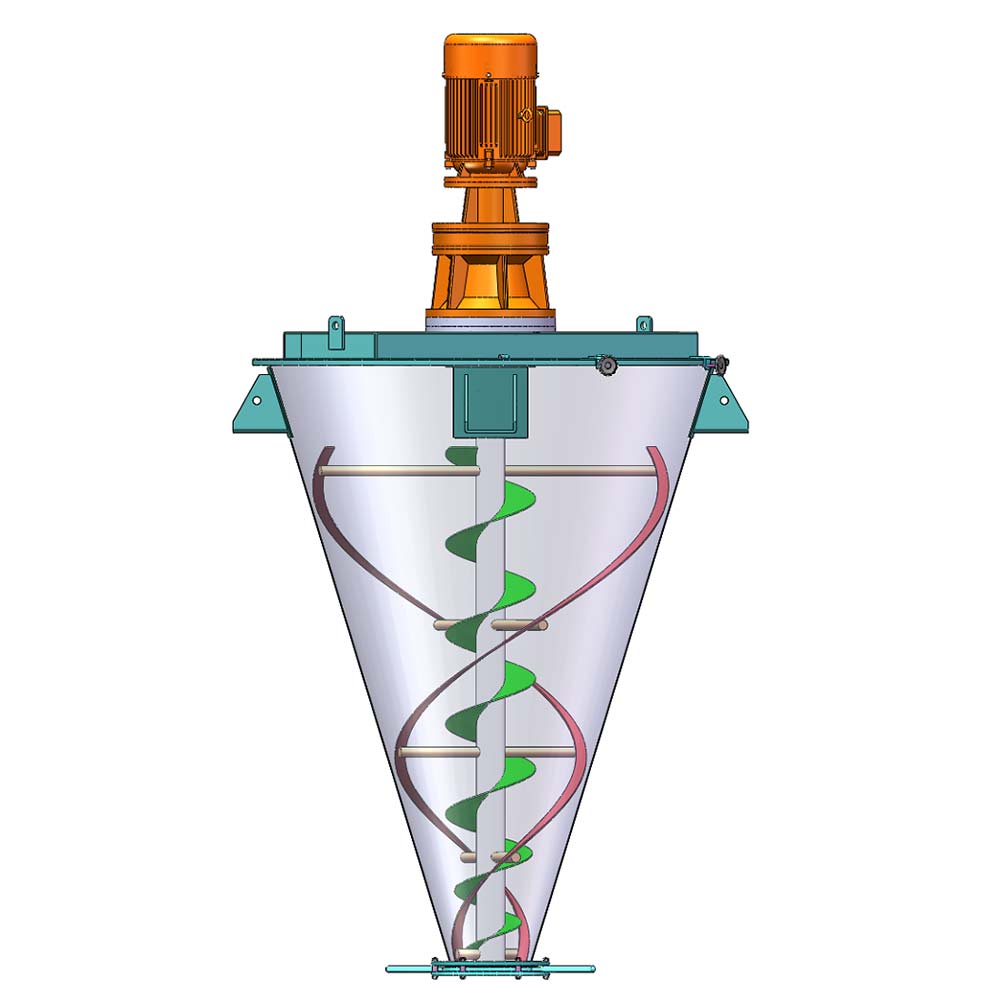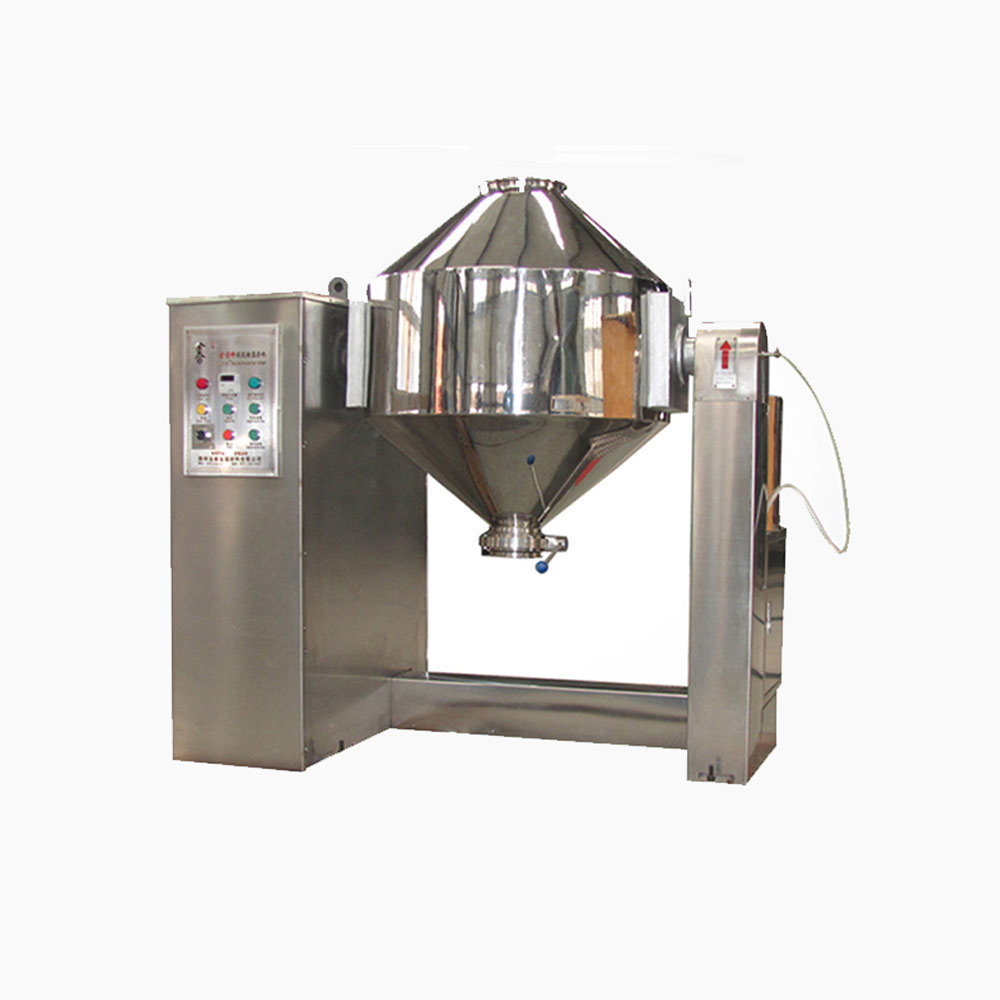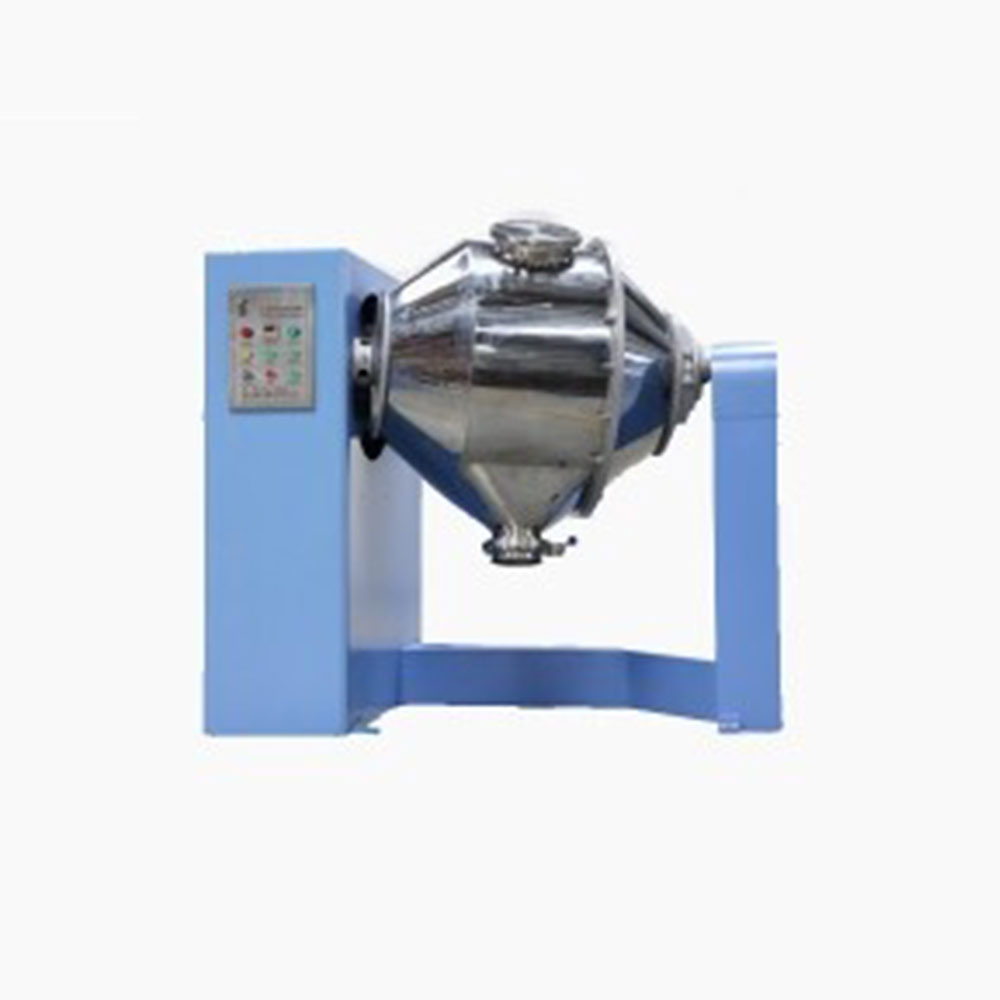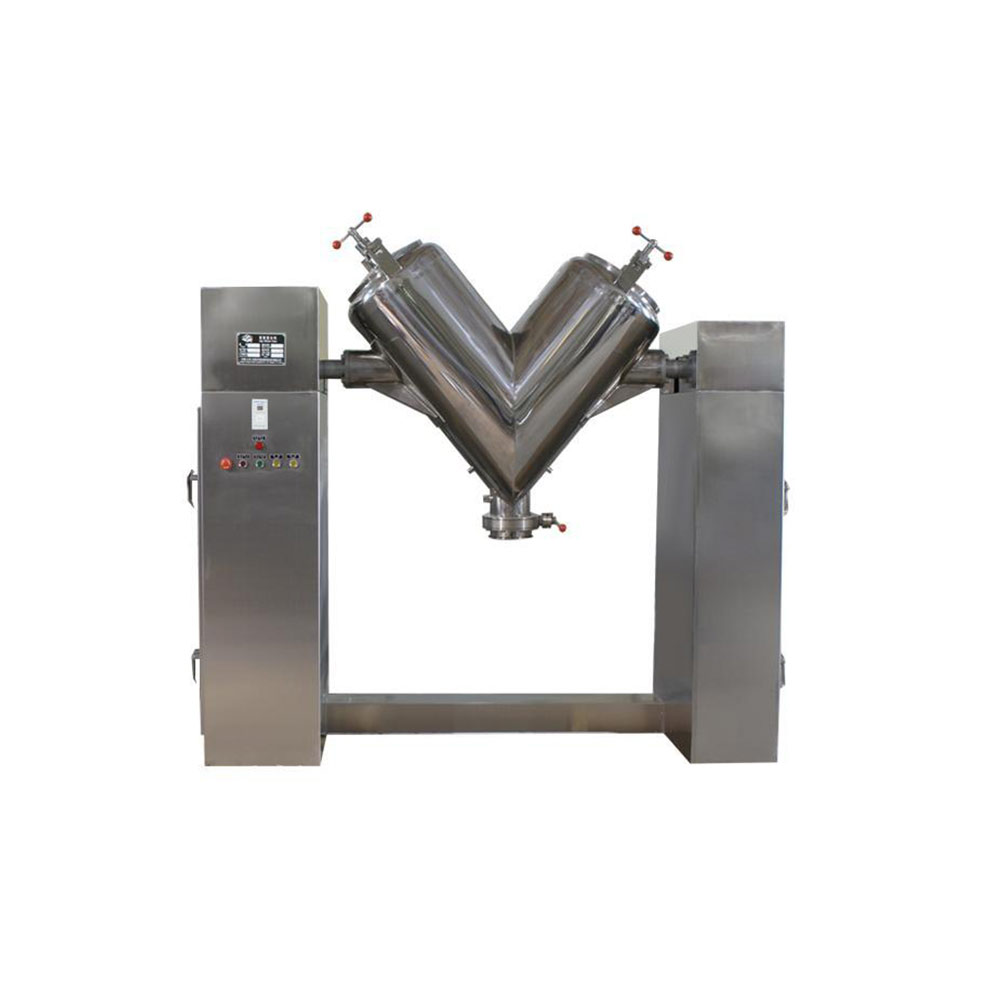Ask An Expert
Frequently Asked Questions
Yes, We can supply simple stand alone panels or automated PLC controlled systems. We normally install and test all controls on our mixers before they are shipped.
Yes, we normally test the mixers before they are shipped and mark out the wire need to connect on the control box.
We manufacture specialty mixing equipment for powder & bulk materials. Included are ribbon blender, plough mixer, conical screw mixer, twin shaft paddle mixer, V blender, double cone blender and other auxiliary equipment such as screw conveyor, quantitive auger filler.
We sell across the world, our cusotmers distribute 5 continents.
Share Us With Your Network
Adding a minor ingredients
Q: To properly package our material, we add an active ingredient in less than 5 percent concentration to a carrier that acts almost like a diluent. What kind of mixer should we use, and how should we add the ingredients to get good mixing?
A: The kind of intimate mixing you’re describing typically requires a high-speed processing bar or impeller. In general, a tumble blender(double cone blender) with a high-speed processing bar will do the best job of mixing minor ingredients, but you should test your material in the unit to be sure its shear rate doesn’t degrade the particles. You can also use an impeller-driven mixer, particularly if equipped with a plow blade(that’s plow blender), for mixing minor ingredients.
The way in which you add the materials also affects the mixing quality. For best results, regardless of the mixer type, first add one-half of the bulk materials (your diluent), then add the minor ingredient (the active ingredient) into the batch’s center, then add the remaining materials (the rest of the diluent). If you add the minor ingredient first, it can adhere to the vessel walls and deposit itself in a slow-moving portion of the mixer (for instance, near a tumble blender’s axis of rotation) or material bed or get caught in a slow-moving, symmetrically rotating area of the material bed where mixing is slower.

